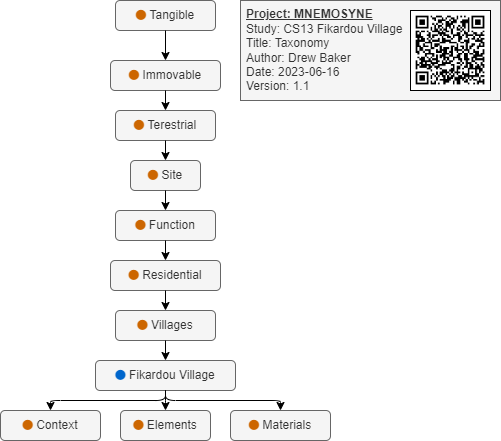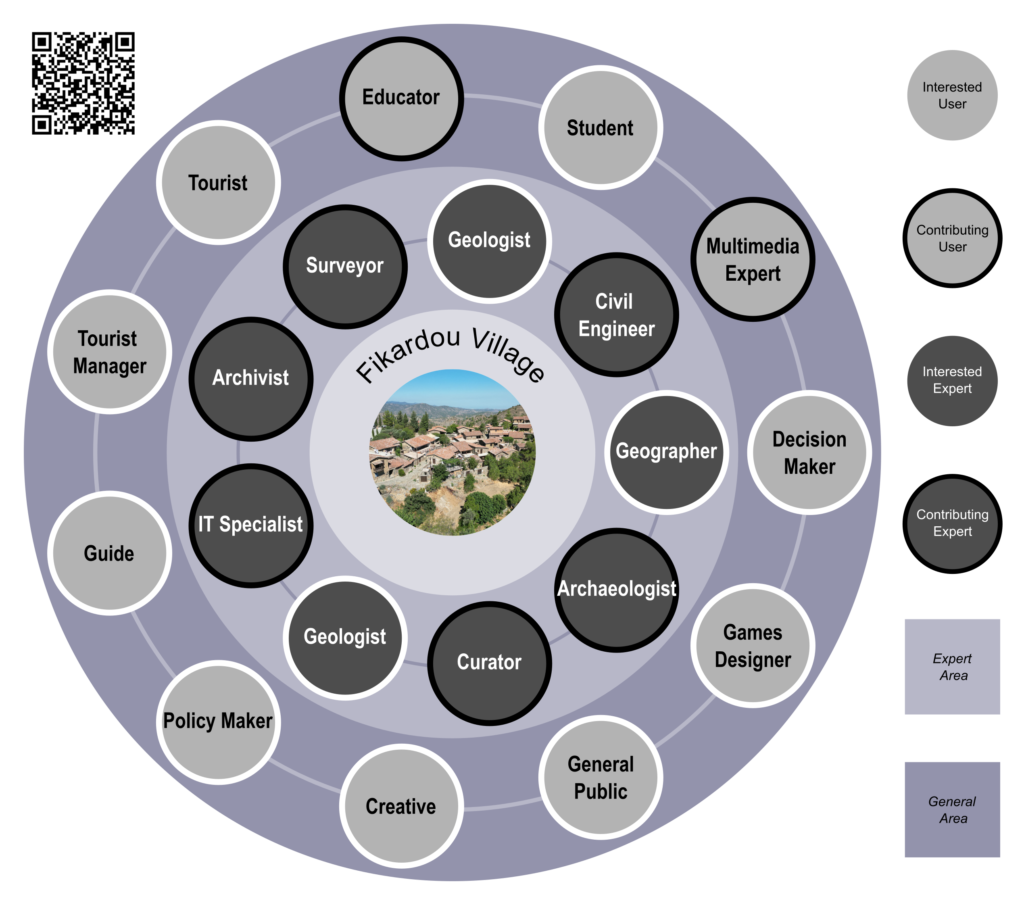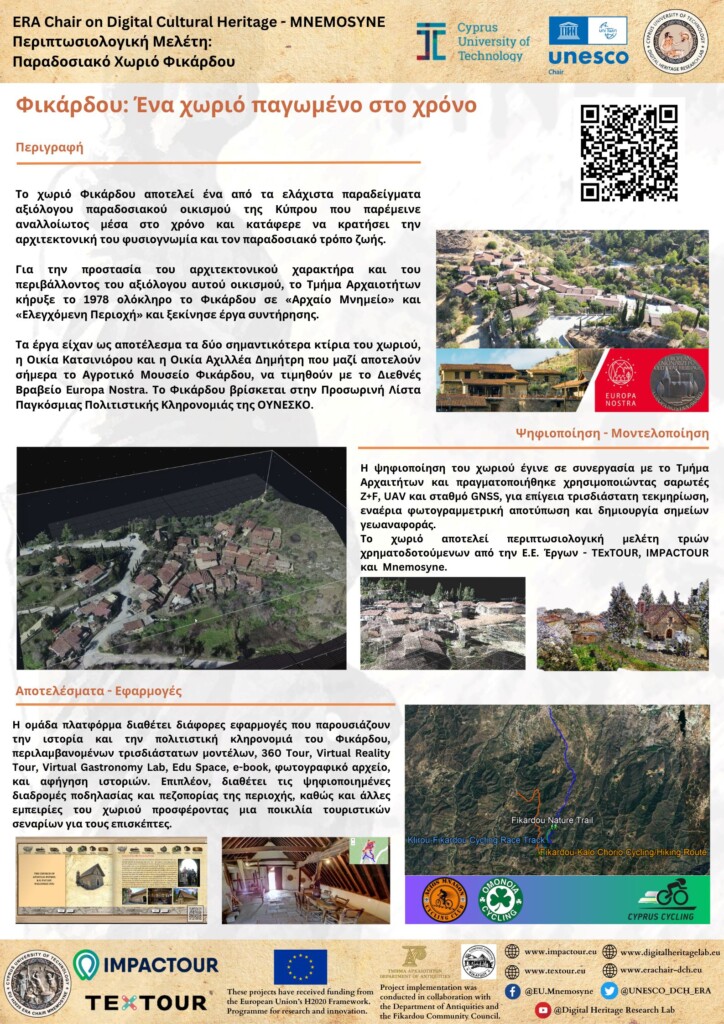
0. Content
- Introduction
- Gallery
- Estimation of Complexity & Quality
- Taxonomy
- User Categorisation
- Research Outputs
- Bibliography
Fikardou Village: a Hidden Gem: This small but beautiful village is one of the last surviving traditional Cypriot mountain settlements. Almost lost due to depopulation, the village was saved for the people of Cyprus and the world as an ancient monument protected by law and now is a living museum and entered on the Tentative List of UNESCO as a World Heritage Site. It is a time capsule of memory and its digital #MemoryTwin will help to preserve that memory of this special place for generations to come. For more information about Fikardou and the eFikardou platform, please visit the following links: 3D scanning preserves a Cypriot village for the future and Village in Cyprus goes digital to promote its cultural heritage
1. Introduction
The village of Fikardou is a small, rural settlement built on the southeastern slopes of the Troodos Mountain range, about 32km southwest of Nicosia. The village existed at least since the byzantine era and was founded by fleeing residents from pillaged coastal cities. The mountains and the fields offered safety and ground for a new beginning. The arable lands of the village are cultivated with vines, almonds, olives, cereals, and pulses. The village’s inhabitants have always been engaged in animal husbandry and land cultivation.
One version attributes the village’s name to the family name of aristocrat Tomazo Phicardo, a notary to King James II during Frankish rule in Cyprus. Phicardo was a feudal lord of nearby villages and might have owned the village for a time as a fief, thus passing on his name to the village, as was the case for many village fiefs of the times. Another version says that since the location was known as the lair of fugitives, ( In Greek “fyga andron” literally “fugitive’s den”) the community ended up being known as Fikardou.
The village layout’s inner branching consisted of narrow, cobbled streets suitable only for pedestrians and animals. The location of the village allows for the sun to shine on the fields for long periods of the day, which has benefited the village’s agricultural development. The village’s landscape is rough and mountainous, with steep slopes and deep valleys where small streams flow. The climate is Mediterranean, with long hot summers and short, mild winters.
The trend of urbanization and abandonment of the countryside affected the village, which began to show signs of decline. The dramatic decrease in the population of permanent residents left many houses deserted and derelict and brought economic depression to the village. To protect the monuments, the architectural character, and the environment of Fikardou, in 1978, the Department of Antiquities declared the entire village as an “Ancient Monument.” In 1984, the Department of Antiquities undertook, as part of a wider program to revitalize the village, to repair and restore the collapsing houses, and generally to improve the whole image and structure of the village. The Department of Antiquities fully restored, among others, two residences, the “Residence of Katsinioros” and the “Residence of Achilleas Dimitri,” which are outstanding examples of the traditional architecture of the 18th century. Together, these two Residences host the Fikardou Agricultural Museum. In 1987, these two Houses were awarded the Europa Nostra International Award.
The village also features a beautiful 17th-century church devoted to Apostles Peter and Paul, built to local standards, with a wooden roof that bears intricate, well-designed relief patterns. In the centre of the village layout, the old Wine Press was available to the villagers for wine production, one of the most prominent occupations and primary sources of income of traditional village life. The Old School, located on top of the hill opposite the church, ceased to operate after the desertion of the village and has since been turned into a workshop and exhibition room.
Fikardou is one of the few examples of a remarkable traditional settlement in Cyprus that has remained unspoiled over time and has managed to keep its architectural features and traditional way of life. It also presents a harmonious relationship between the built and the natural environment, enabling a perspective of the cultural landscape. Today the entire village is a living museum on the Tentative List of UNESCO as a World Heritage Site.
2. Gallery


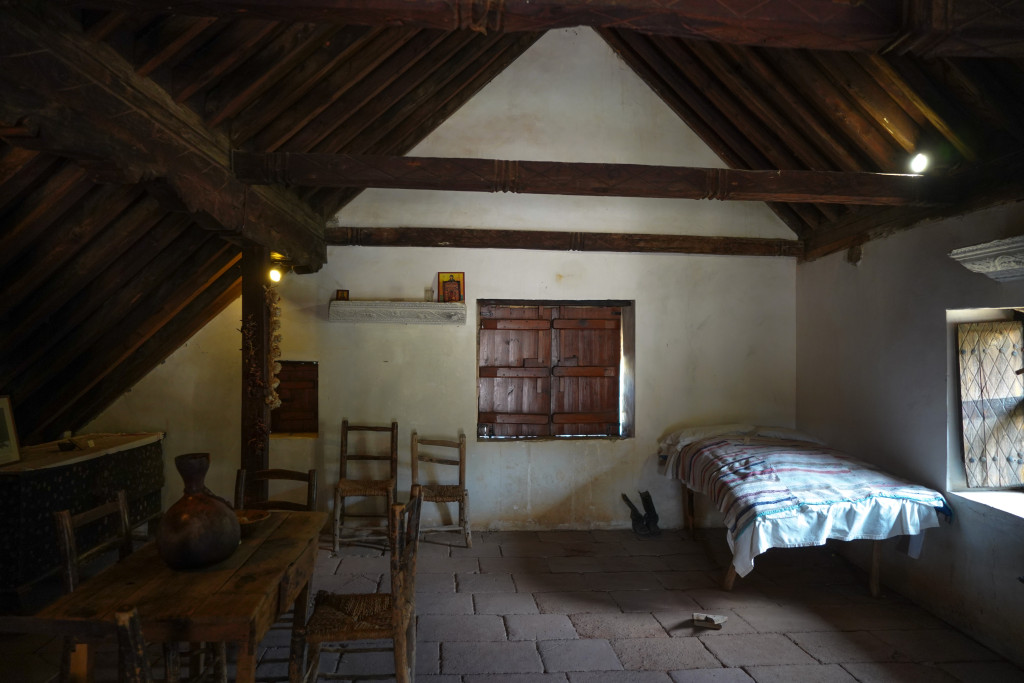

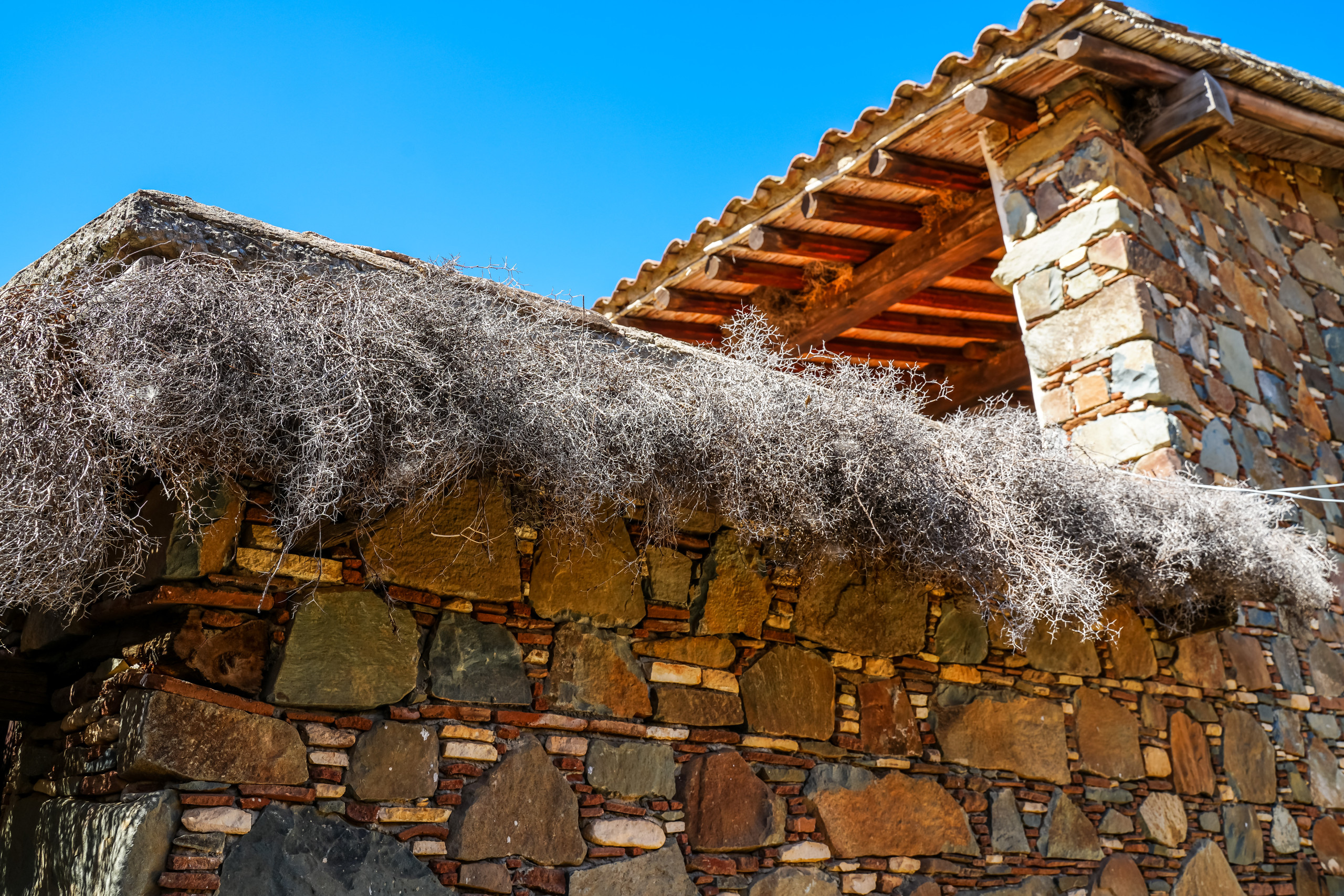

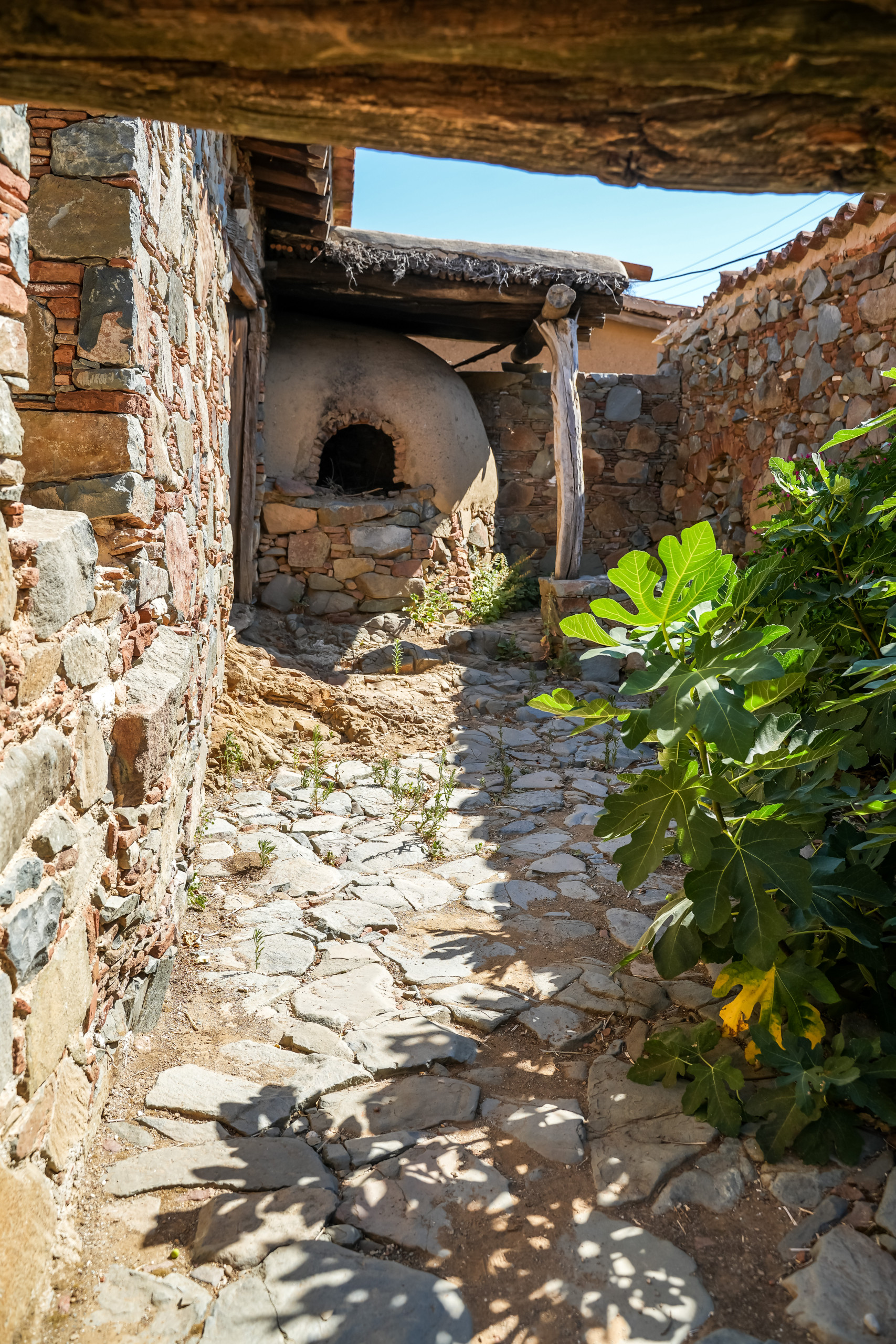
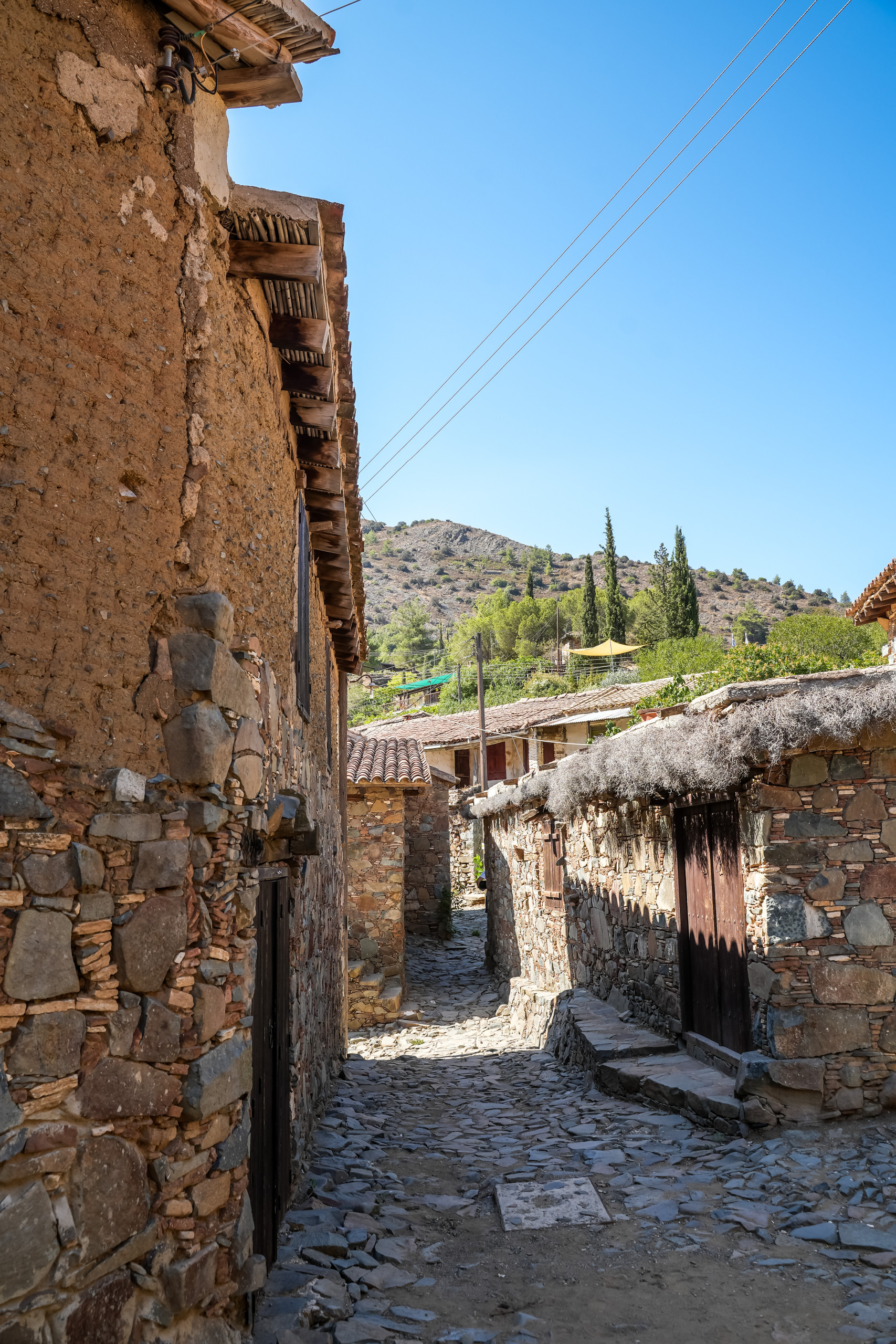

Complexity illustrated in the drawings of the Village provided by the Department of Town Planning and Housing

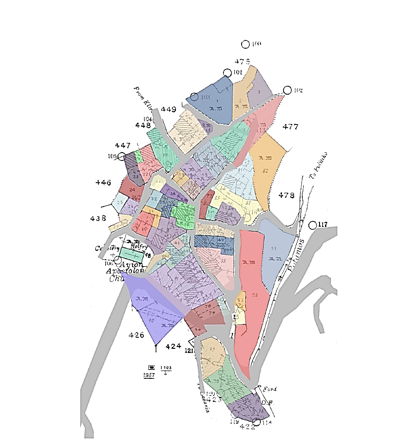

3. Estimation of Complexity & Quality
The following radial charts are base on the based on the EU 3D Study/VIGIE 2020/654
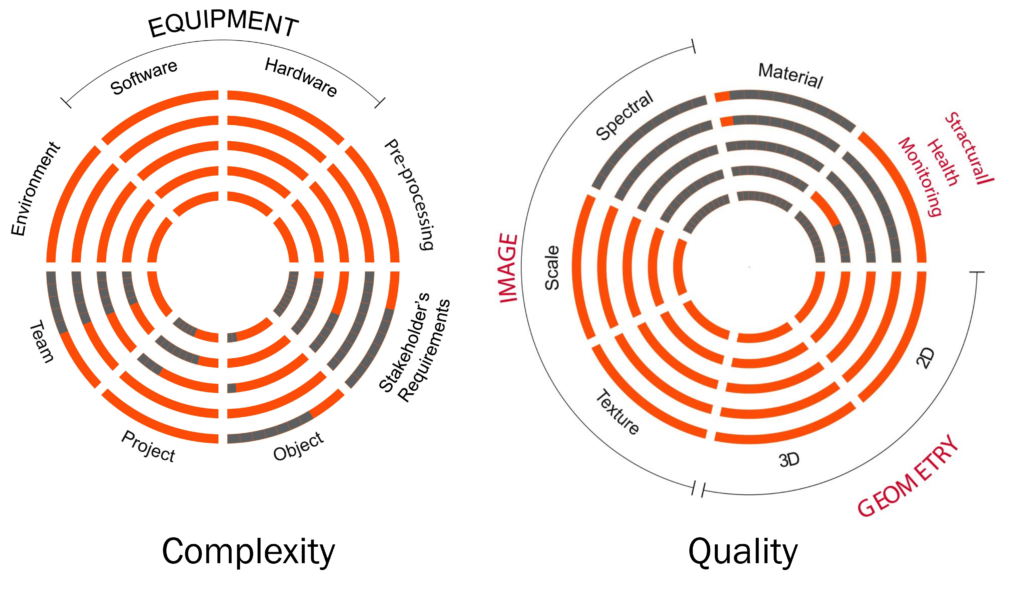
4. Taxonomy
This is a top-level view, clicking on the image will open up the full taxonomy in a new window
6. Research Outputs
Videos
Bringing it all Together: The eFikardou Online Platform
the #MemoryTwin eFikardou is an online digital platform providing information for residents, tourists and researchers alike. The platform contains images videos, cycling routes, an eBook, a virtual tour, games and interactive models for education, exploration and learning at all levels.
Accessibility and Reuse
This case study has been submitted to the local aggregator (APSIDA) and successfully harvested into the Europeana platform under CC BY-NC-SA 4.0 license.
7. Bibliography
- A.G. Leventis Foundation, Phikardou, A traditional village in Cyprus PHIKARDOU_A traditional village in Cyprus.pdf
- Department of Antiquities – Museums. (n.d.). Retrieved September 20, 2022, from http://www.mcw.gov.cy/mcw/da/da.nsf/All/8865F898FAA8A275C22571990020EEAA?OpenDocument
- Historic Monuments of Cyprus, George Jeffery F.S.A G. Jeffrey – Historic monuments of Cyprus.pdf
- The rural settlement of Fikardou – UNESCO World Heritage Centre. (n.d.). Retrieved September 20, 2022, from https://whc.unesco.org/en/tentativelists/1673/
- Traditional Earth Sheltered Buildings on Five Finger Mountain (Cyprus) Evaluation of the Energy Efficiency by Computer Simulating the Rectangular Plan Typology
- Report of the Department of Antiquities Cyprus, 1988, Report_Dept of Antiquities.pdf

